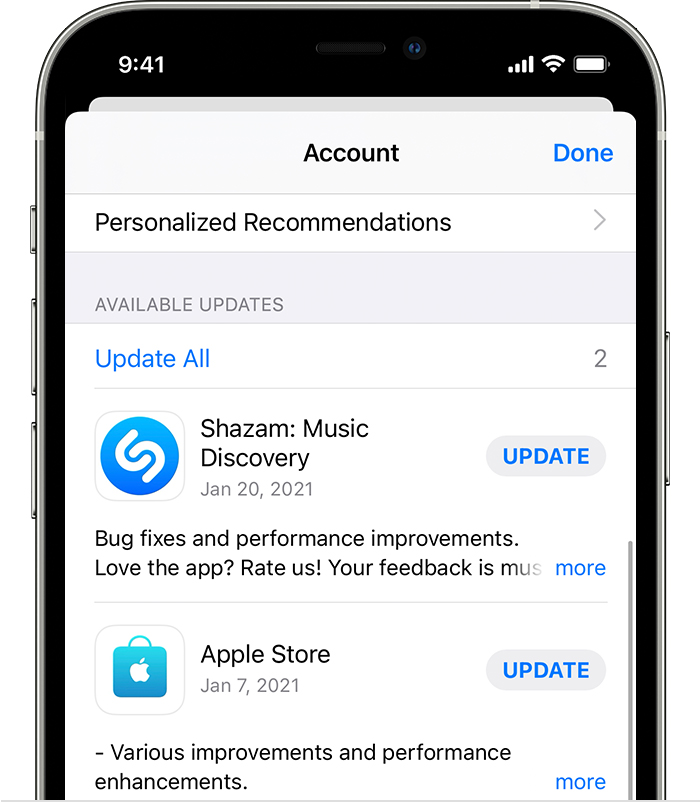

COPE Consortium, Rapid implementation of mobile technology for real-time epidemiology of COVID-19.

J., Menni C., Freydin M., Varsavsky T., Sudre C. Asian Critical Care Clinical Trials Group, Intensive care management of coronavirus disease 2019 (COVID-19): Challenges and recommendations. Phua J., Weng L., Ling L., Egi M., Lim C. P., Fair allocation of scarce medical resources in the time of Covid-19. J., Persad G., Upshur R., Thome B., Parker M., Glickman A., Zhang C., Boyle C., Smith M., Phillips J. Distributed under a Creative Commons Attribution NonCommercial License 4.0 (CC BY-NC).Įmanuel E. Such an approach could be used to monitor at-risk patients and predict medical resource requirements days before they are required.Ĭopyright © 2021 The Authors, some rights reserved exclusive licensee American Association for the Advancement of Science. Using the first 5 days of symptom logging, the ROC-AUC (receiver operating characteristic - area under the curve) of need for respiratory support was 78.8%, substantially outperforming personal characteristics alone (ROC-AUC 69.5%). Clustering was validated on an independent replication dataset between 1 and. Unsupervised time series clustering over symptom presentation was performed on data collected from a training dataset of completed cases enlisted early from the COVID Symptom Study Smartphone application, yielding six distinct symptom presentations. As no one symptom can predict disease severity or the need for dedicated medical support in coronavirus disease 2019 (COVID-19), we asked whether documenting symptom time series over the first few days informs outcome.


 0 kommentar(er)
0 kommentar(er)
